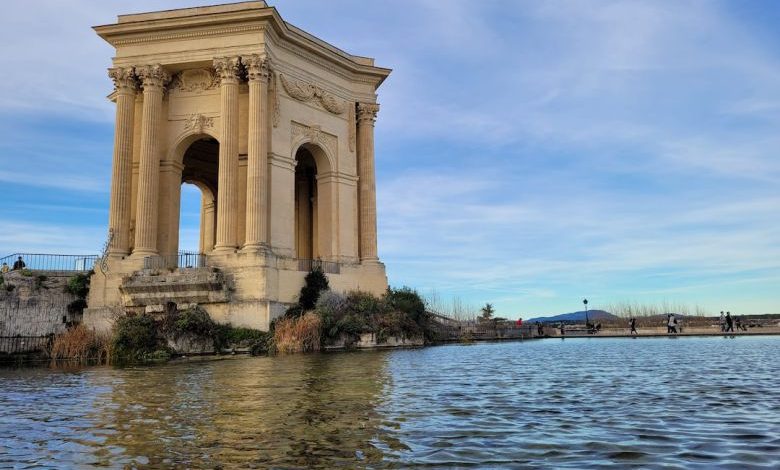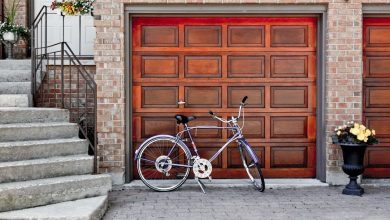How Can I Reduce My Water Usage at Home?

Water is a precious resource that we often take for granted. With increasing concerns about water scarcity and environmental sustainability, it is essential that we all do our part to reduce water usage. Fortunately, there are several simple and practical steps you can take to lower your water consumption at home. By making a few changes to your daily habits and implementing some water-saving strategies, you can make a significant difference in conserving this vital resource.
1. Fix Leaks and Drips
One of the most effective ways to reduce water usage at home is to fix any leaks or drips promptly. A dripping faucet or a leaking toilet can waste a significant amount of water over time. Check your faucets, showerheads, and toilets regularly for any leaks, and repair them as soon as possible. Not only will this save water, but it will also prevent unnecessary damage to your plumbing system.
2. Install Water-Efficient Fixtures
Upgrading to water-efficient fixtures is another excellent way to reduce your water consumption. Install low-flow showerheads and faucets, which can significantly reduce the amount of water used without compromising your daily routine. Consider replacing old toilets with newer models that use less water per flush. These simple changes can result in substantial water savings in the long run.
3. Take Shorter Showers
While a long, hot shower may be relaxing, it is also a significant source of water wastage. By simply reducing the time spent in the shower, you can save a considerable amount of water. Challenge yourself to take shorter showers or consider turning off the water while lathering up or shampooing your hair. These small adjustments can make a big difference in conserving water.
4. Collect Rainwater for Outdoor Use
If you have a garden or plants that require regular watering, consider collecting rainwater for this purpose. Set up a rain barrel or a water collection system to capture rainwater and use it for watering your plants instead of using tap water. Rainwater is free, and using it for outdoor tasks can help save a significant amount of water over time.
5. Only Run Full Loads
When using appliances such as dishwashers and washing machines, make sure to run them only when they are full. Running these appliances with partial loads wastes water unnecessarily. Wait until you have a full load before starting the dishwasher or doing laundry. Additionally, consider using the appropriate water level settings on your appliances to avoid using more water than needed.
6. Use a Broom Instead of a Hose
When it comes to cleaning outdoor areas such as patios, driveways, or sidewalks, opt for a broom instead of a hose. Using a hose for these tasks can be extremely wasteful, as it can use a significant amount of water in a short period. Sweeping with a broom is just as effective and will save water in the process.
7. Capture and Reuse Gray Water
Gray water refers to lightly used household water from sources such as sinks, showers, and laundry. Instead of letting this water go to waste, consider capturing and reusing it for non-potable purposes. You can use gray water for tasks like flushing toilets, watering plants, or cleaning. Ensure that you follow local regulations and guidelines for collecting and reusing gray water.
In conclusion, reducing water usage at home is a simple yet powerful way to contribute to water conservation. By adopting water-saving practices such as fixing leaks, using water-efficient fixtures, and taking shorter showers, you can make a significant difference. Additionally, collecting rainwater, running appliances with full loads, using a broom instead of a hose, and reusing gray water are all effective strategies to conserve water. Remember, every drop counts, and your efforts to reduce water consumption can have a positive impact on both the environment and your water bills.




